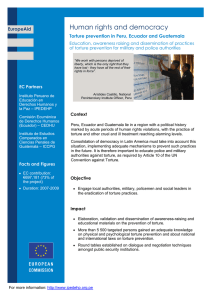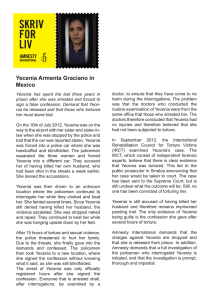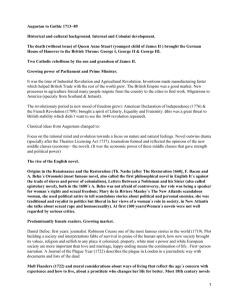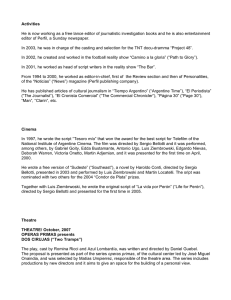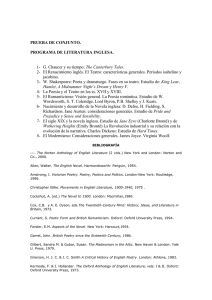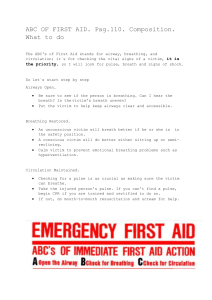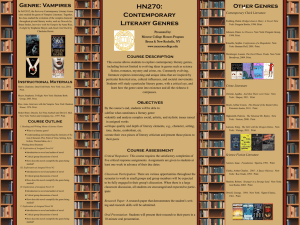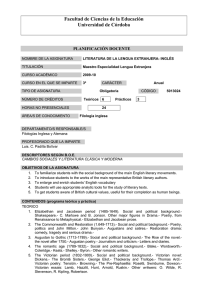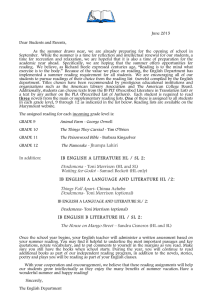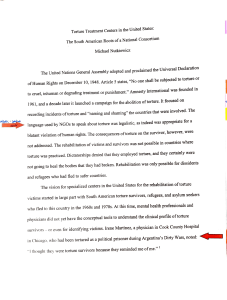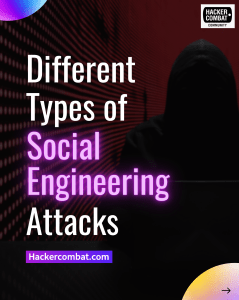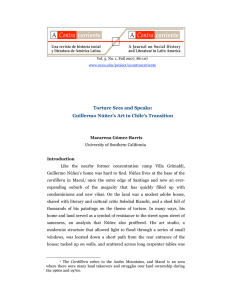Between Love and Death Salvador Elizondo`s Farabeuf
Anuncio
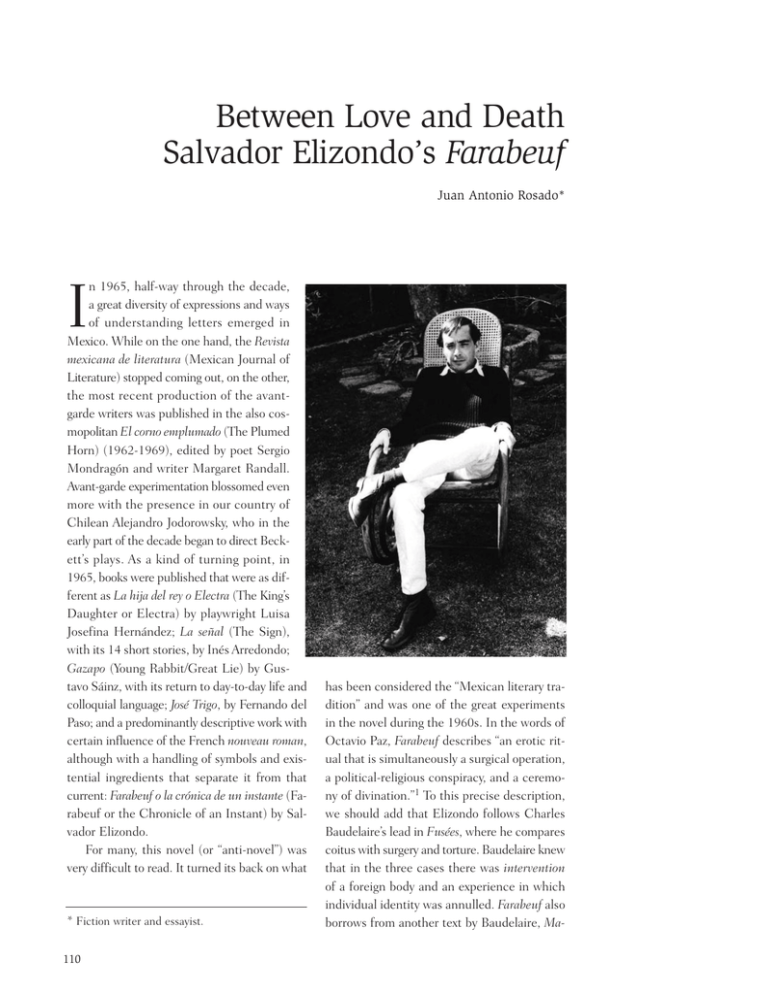
Between Love and Death Salvador Elizondo’s Farabeuf Juan Antonio Rosado* n 1965, half-way through the decade, a great diversity of expressions and ways of understanding letters emerged in Mexico. While on the one hand, the Revista mexicana de literatura (Mexican Journal of Literature) stopped coming out, on the other, the most recent production of the avantgarde writers was published in the also cosmopolitan El corno emplumado (The Plumed Horn) (1962-1969), edited by poet Sergio Mondragón and writer Margaret Randall. Avant-garde experimentation blossomed even more with the presence in our country of Chilean Alejandro Jodorowsky, who in the early part of the decade began to direct Beckett’s plays. As a kind of turning point, in 1965, books were published that were as different as La hija del rey o Electra (The King’s Daughter or Electra) by playwright Luisa Josefina Hernández; La señal (The Sign), with its 14 short stories, by Inés Arredondo; Gazapo (Young Rabbit/Great Lie) by Gustavo Sáinz, with its return to day-to-day life and colloquial language; José Trigo, by Fernando del Paso; and a predominantly descriptive work with certain influence of the French nouveau roman, although with a handling of symbols and existential ingredients that separate it from that current: Farabeuf o la crónica de un instante (Farabeuf or the Chronicle of an Instant) by Salvador Elizondo. For many, this novel (or “anti-novel”) was very difficult to read. It turned its back on what I * Fiction writer and essayist. 110 has been considered the “Mexican literary tradition” and was one of the great experiments in the novel during the 1960s. In the words of Octavio Paz, Farabeuf describes “an erotic ritual that is simultaneously a surgical operation, a political-religious conspiracy, and a ceremony of divination.”1 To this precise description, we should add that Elizondo follows Charles Baudelaire’s lead in Fusées, where he compares coitus with surgery and torture. Baudelaire knew that in the three cases there was intervention of a foreign body and an experience in which individual identity was annulled. Farabeuf also borrows from another text by Baudelaire, Ma- dame Bistouri, as well as from Franz Kafka’s short pher, a nurse and a doctor, a victim and a victimstory The Penal Colony, in which the torture con- izer. The three instances (Beijing, the beach and the sists of writing with needles about his own guilt house in Paris), united by repetitions and symbols on the victim’s body. Elizondo’s profound admi- (the dead starfish, the woman in mourning, the ration for Chinese culture is also evident (he took collapsing sand castle, the rain, the Chinese ideoformal courses in Chinese at El Colegio de México, gram, the hexagram, the position of the victim…), and it is not by chance that Farabeuf begins with are also united by the experience of ecstasy as a a reading from the I Ching or Book of Changes, the loss of identity: death or orgasm. In terms of the historic discourse, at the beginoracle of the Chinese emperors). But above all, his work shows admiration for Georges Bataille’s ning of the twentieth century, Fu Tchu Li is conconcept of eroticism and the “scientific” discourse demned to leng tche or dismemberment because taken from a real surgical manual written by a according to the newspaper Chen Pao, he was found Dr. Farabeuf, of no relation to the main character. guilty of the murder of Prince Ao-Ovan. A Western And while, as I already mentioned, the novel admits photographer went to the torture session and took the influence of the nouveau roman, in reality, it photos. In 1951, Bataille published The Tears of goes further by including the questioning of iden- Eros, including three photographs of the torture. Elizondo, who in an interview confessed finding tity from the existential point of view. his inspiration in books and For Elizondo, the face because of that, like Jorof the victim he based himge Luis Borges, he considself on reveals “something In Farabeuf, coitus, ered himself a bookish like the mystical essence of surgery, torture but also writing 2 author (although he excludtorture.” However, Faraare all related. The four activities beuf is both a reflection ed his novel Elsinore from contain the experience about representation and that category), based himof the “otherness”: leaving about writing about repreself on one of the photooneself and destroying sentation. Here is where a graphs and on Bataille’s identity. marked coincidence with book itself. Farabeuf is a Jorge Luis Borges appears. sui generis manifestation of For that reason, beyond Baudelaire, in Farabeuf, the fantastic novel that transcends dreams to connect coitus, surgery, torture but also writing are all up in a fortunate dialectic with objective reality related. The four activities contain the experi- through an almost dispassionate discourse. ence of the “otherness”: leaving oneself and Philosophically, the novel meditates about the destroying identity. eternity of the instant and the relativity of time. Perhaps the most important device used in If a “chronicle” implies “successive time,” the subFarabeuf, in addition to description, is repetition, title of the first editions is paradoxical: “Chronicle which cancels time and, therefore, narration. The of an instant.” The subjectivization of time, charlatter is reduced to three instances: the torment of acteristic of the modern novel —remember Marcel the Chinese man in the early twentieth century Proust— is the heir of romanticism, and as such, (with a historic and pseudo-historic discourse), a it emphasizes the individual and everything the inFrench beach (where there are a cliff and some terior of the subject implies. An “instant” can bebathers) and the house of Dr. Farabeuf, where come an eternity. the presence of the Ouija board and the I Ching Farabeuf requires an active reader who cremake the connection with an esoteric discourse. ates the work as he/she goes along, organizing in Two characters run through the book, a man and his/her mind the links made up of fleetingness. a woman, although because of their changes, they It is simultaneously a reflection about the death seem to be several people: a nun and a photogra- instinct (Thanatos) and about the dialectical re111 lationship between Eros (the life instinct) and Thanatos. The primordial image of torture, whose victim achieves ecstasy in death, is the synthesis of that dialectic: the Yin and the Yang are joined in the Tao. The Being and the Non-being of the ancient Hindu and Chinese dialectic are mixed, linked in the instant of the Absolute. The relationship between the sexual act (Being) and death (Non-being) —remember also la petite morte, another term for orgasm— is explicit and constant. Dr. Farabeuf, renowned specialist and the author of treatises on amputation, amputates reality and seeks the union of the fragmentary in an instant of eternity. This is why he loves a nurse, who at the beginning precisely consults the Book of Changes, perchance of metaphysical amputations. The presence of Farabeuf in Pekin, where he observes the torture, belongs to the distant past and is linked up to a walk on the beach (in another past) and with a present in the doctor’s house in Paris, where the woman is the same one who accompanied him to the torture and the walk on the beach. Farabeuf, a professor of medicine, is confused with the narrator: first, second and third persons are mixed in a chaotic, plural apparent reality made of ephemeral instants that trap unity only to let it escape and trap it again. The experience of Love and Death is lived in all times and spaces. The symbolic plane is broad: external and symbolic presences that are repeated until the reader’s memory is transported to other instants and tries to find the link that joins them, the unity of all the instants in a single one: the Tao of life and of death. Is Farabeuf the Yang, the positive, the sky, the active, masculine principle, that amputates realities? Is the nurse the Yin, the negative and passive, the earth, the feminine principle, the victim? Both are joined in the experience of Love and Death. Observe the torture, an experience that is always the same because death or la petite morte always come, even if only in an ephemeral, fleeting instant, impossible to grasp without letting it escape. Farabeuf, a “difficult” novel, despite its “difficulty,” is now 40 years old, which implies that, like many other “hermetic” works of art —remember 112 the electronic concert music from the mid- and late 1950s or certain abstract expressionist paintings— continues to have a readership —albeit a cultured readership— that can appreciate it on different levels. Like Inés Arredondo’s La señal (The Sign), Farabeuf is part of Mexico’s cosmopolitan, universal literature that 40 years later continues to be studied and admired not only for its stylistic quality, but also for its profundity. ≤ NOTES 1 Octavio Paz, Generaciones y semblanzas. Obras completas vol. 4 (Mexico City: Círculo de Lectores-Fondo de Cultura Económica, 1996). 2 Salvador Elizondo, New Twentieth-Century Mexican Writers Present Themselves Collection (Mexico City: Empresas Editoriales, 1966), p. 43. WORKS OF S ALVADOR E LIZONDO Poetry Poemas (Poems), 1960 Museo poético (Poetic Museum), anthology of modern Mexican poetry, 1974. Prose Luchino Visconti, criticism, 1963. Farabeuf o la crónica de un instante (Farabeuf or the Chronicle of an Instant), novel, 1965. Narda o el verano (Narda or the Summer), short stories, 1966. Autobiografía (Autobiography), 1966. El hipogeo secreto (The Secret Hypogeum), novel, 1968. Cuaderno de escritura (Writing Notebook), criticism and other texts, 1969. El retrato de Zoe y otras mentiras (Zoe’s Portrait and Other Lies), short stories, 1969. El grafógrafo (The Graphographer), texts and short stories, 1972. Contextos (Contexts), criticism, 1973. Antología personal (Personal Anthology), unpublished texts, 1974. Miscast o ha llegado la señora marquesa (Miscast or the Marquise Has Arrived), three-act comedy, 1981. Camera Lucida, texts, 1982. La luz que regresa (The Returning Light), texts, 1984. Elsinore: un cuaderno (Elsinore), novella, 1988. Estanquillo (Neighborhood Store), texts, 1992. Teoría del infierno (A Theory on Hell), essays, 1993. Pasado anterior (Previous Past), journalism, 2007.
